Win the Amazon Buy Box and Grow Your Business: 6 Proven Strategies for Vendors
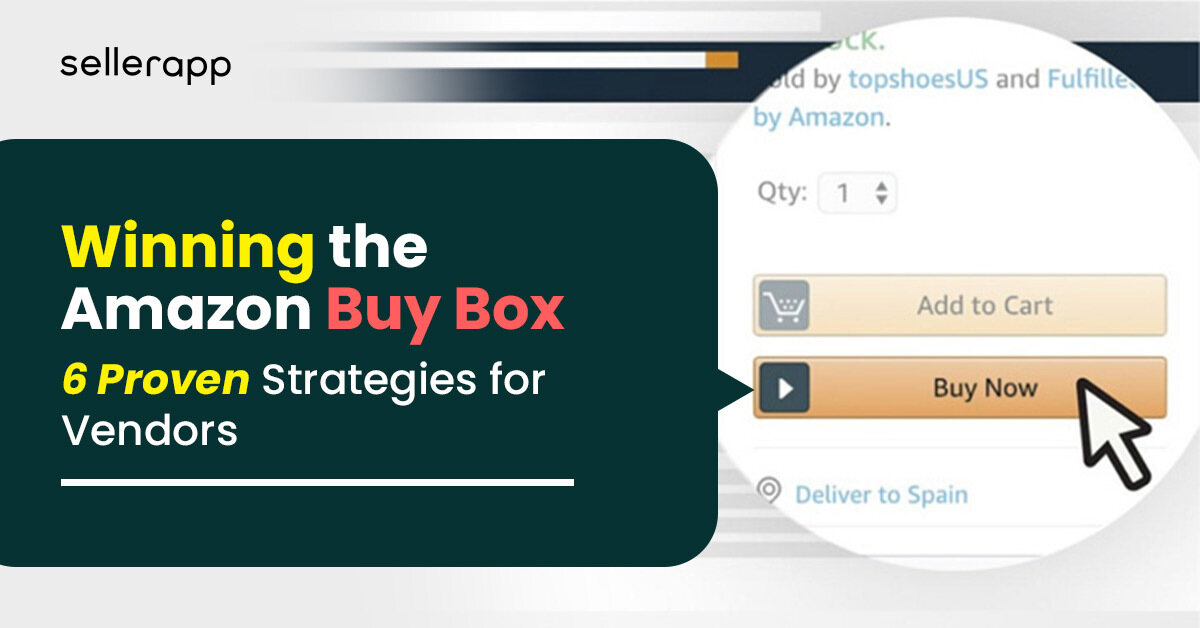
If you’re an Amazon seller or vendor, you know how important it is to win the Buy Box.
The Buy Box is located on the product detail page, where customers can click and directly add the product to their shopping carts.
According to Amazon, the Buy Box bags around 82% of sales, and the percentage for mobile purchases is even higher.
But with so much competition in the platform, how do you win the Buy Box in the first place? And what if you’re not a direct seller but a vendor who sells to Amazon? Is there a way to increase your chances of getting your products featured in the Buy Box?
In this blog post, we will answer all these questions and give you actionable tips on how to win the Buy Box as a vendor on Amazon.
Let’s jump into it!
A quick peek into the article:
- What is the Amazon Buy Box?
- Reasons for Losing the Amazon Vendor Buy Box
- 6 Strategies to Win Buybox for Vendors
- Lost Buy Box Already? How to Get It Back?
- Final Thoughts
What is the Amazon Buy Box?
If you’ve purchased anything from Amazon, you’ve likely seen the Buy Box thousands of times.
It’s located at the right of the product details page and contains the “Add to Cart” and “Buy Now” buttons.
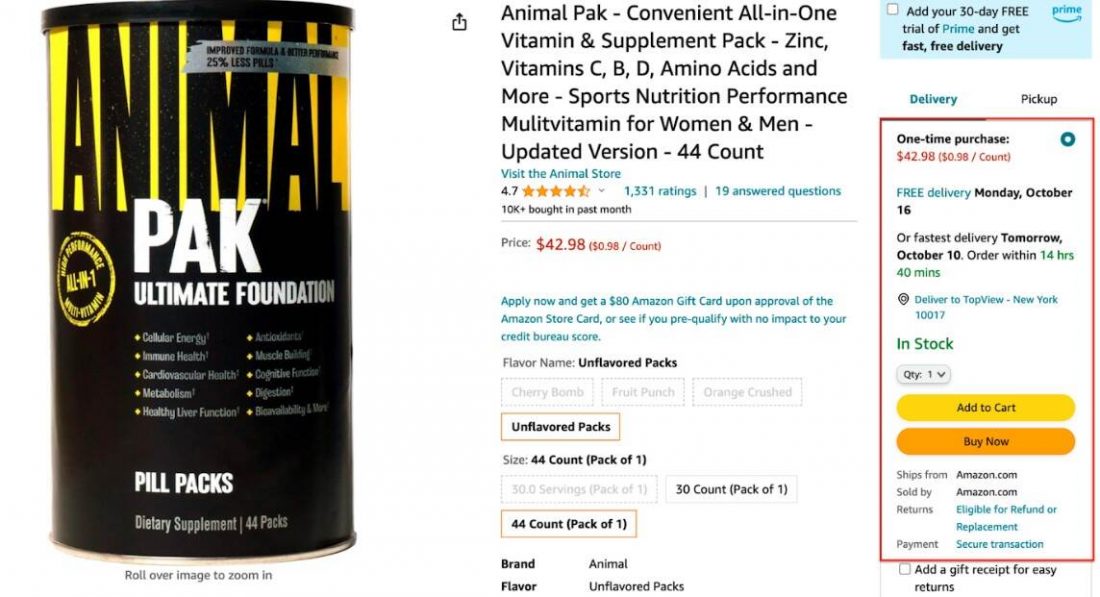
Products on Amazon can be sold by multiple sellers. Amazon compiles the same product from different sellers and, based on certain criteria, decides the Buy Box winner.
Now, Amazon is a buyer-centric platform, meaning the platform will strictly analyze vendors based on a few factors before assigning the Buy Box to any of them.
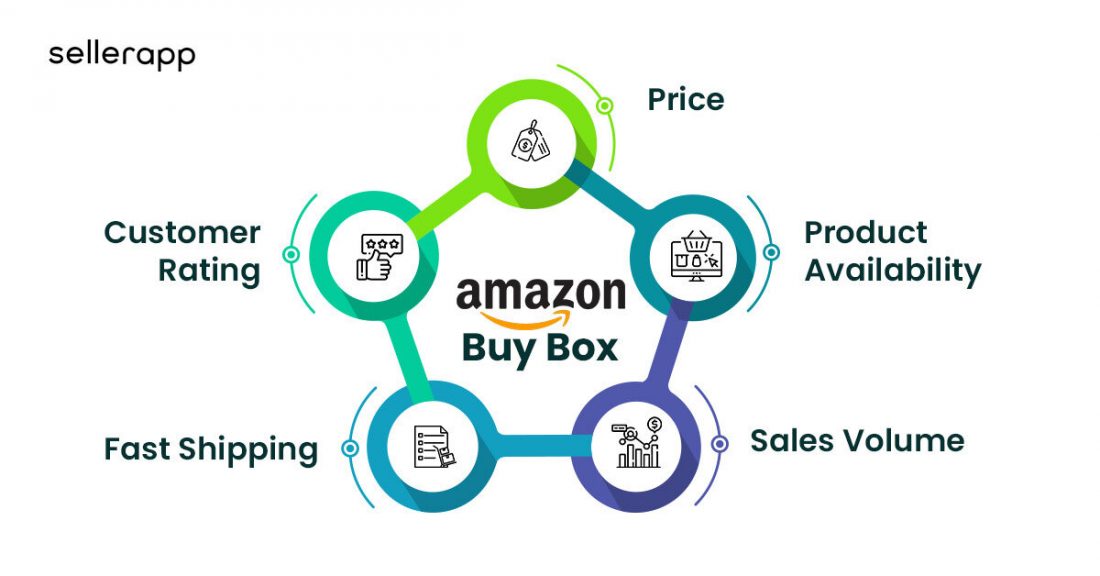
Here are the factors:
- Availability: If your product is available to ship right away to the customers.
- Price: If the product offers the best price
- Convenience: If you offer faster delivery or easy return policies.
On top of that, winning the Buy Box requires a good reputation on Amazon and consistent performance. With the intense competition gearing up, winning the Buy Box has become harder than ever.
Being a vendor and directly selling to Amazon, you’d expect to win the Buy Box always. But the reality speaks something else.
Reasons for Losing the Amazon Vendor Buy Box
While high prices can be a major deciding factor, there are a few other reasons as well, such as:
Low Inventory Levels
If Amazon detects that a vendor has low or inconsistent stock availability, it might lower their Buy Box eligibility or remove them from the Buy Box altogether.
High Prices
Amazon’s algorithm compares the prices of different vendors for the same product and favors the ones that offer the best value for customers. If a vendor’s price is too high or not competitive enough, they might lose the Buy Box to another seller.
Poor Performance Metrics
Amazon monitors the performance of vendors based on various factors, such as shipping speed, order defect rate, customer feedback, and more. If a vendor fails to meet Amazon’s standards or has a history of negative reviews, they might lose the Buy Box or their selling privileges entirely.
Policy Violations
Amazon has strict policies and guidelines for vendors to follow, such as product authenticity, listing accuracy, customer service, and more. If a vendor violates any of these policies or engages in prohibited activities, such as selling counterfeit goods, manipulating reviews, or infringing intellectual property rights, they might lose the Buy Box or face legal action from Amazon.
6 Strategies to Win Buy Box for Vendors
Now that you know what factors affect the Buy Box, let’s look at some specific strategies that can help you win it as an Amazon vendor.
Improve the Pricing Structure on Amazon
Amazon cares the most about customers, so it rewards vendors who have the lowest prices with the Buy Box.
But sometimes, having the lowest price can backfire. If you undercut Amazon’s price too much to get the Buy Box, Amazon might think you’re using a predatory pricing strategy and may put you into the CRaP list.
CRaP stands for Can’t Realize any Profits, and it’s what Amazon calls products that are not profitable to sell on its platform. Being on the CRaP list means losing the Buy Box and getting less exposure for your products.
So how can you avoid getting a CRaP list yet still reduce the pricing strategy to win the Buy Box?
Review your current cost structure and see if you can lower your cost price without sacrificing quality. This will help you offer competitive prices without hurting your margins.
Control Your MAP (Minimum Advertising Policy)
Another way is to enforce a MAP (Minimum Advertising Policy) to prevent other sellers from undercutting your prices. Because of the cost efficiency, vendors can enjoy higher profitability, and their items are less likely to be a part of the CRaP list.
For example, consider yourself a vendor selling a high-end microphone on Amazon. You have a MAP in place stating that the microphone should not be advertised for less than $200.
You can monitor listings for third-party resellers who are selling your product.
If you find any reseller advertising the product below the agreed $200, notify Amazon and take necessary legal action.
With this MAP, the product maintains a consistent price across all listings. This stability signals reliability to Amazon’s algorithm and positively influences your placement on Buy Box.
This can help you win Buy Box temporarily, but also comes with a few drawbacks. For example, MAP can be difficult to track and audit and not sustainable in the long run.
Beware of the CRaP (Can’t Realize any Profits) List
As mentioned before, getting listed under CRaP is a direct road to losing the Buy Box.
High shipping costs and low per-unit pricing create a low or almost non-existent margin for these sellers and lead them to lose Buy Box when trying to compete with others.
However, if you stay vigilant, you can identify such product categories. Here are a few indicators:
- Amazon no longer markets these products itself.
- You cannot find the ‘Save & Subscribe’ option anymore.
- Amazon won’t order such products from you again.
Usually, CRaP products tend to fall into one of the following buckets:
- Heavy or bulky items
- Products that are constantly ‘Out-of-Stock’
- Lack of price integrity across several digital platforms
- Inconsistent sales velocity
- Unoptimized pricing for e-commerce than retail
Ultimately, if your product is listed under one of these categories, you have a high chance of falling under the CRaP list. Also, you may see your product sales decline.
Tighten Your Distribution Control
While many vendors blame Amazon’s algorithm for losing the Buy Box, it’s better to think of Amazon Buy Box placement as an outcome of your distribution strategy.
If you start selling your products wholesale to anyone and everyone, chances are there will be some retailers who will undercut your price to get the Buy Box.
This can feel like a challenge, but in reality, it’s an opportunity in disguise. As the brand owner and manufacturer, you have the ultimate control over whom to sell your product in the first place.
So, if you lose the Buy Box to a third-party seller, it’s high time that you look inward and understand who else is selling your product on Amazon.
Use Selective Distribution Agreements (SDA) or Minimum Advertising Policy (MAP) to control your distribution.
Another strategy is to review and improve your existing discounts and offers to stay competitive on Amazon.
Improve Inventory Forecasting Processes
It’s no secret that Amazon considers stock availability as a prime factor when deciding the Buy Box.
Studies have found that if the in-stock rate drops from 90%+ to <30%, sales drop by 42% on Amazon. Not only that, it takes around 3-4 days to regain the full sales velocity after being out of stock for just one day.
So, if you want to keep your Buy Box placement intact, improve your stock forecasting so that your inventory never goes below 30%.
Restructure Your Supply Chain
Amazon charges differently to vendors and sellers.
For sellers, Amazon charges a 15% referral fee on average + an additional fee for FBA sellers.
However, for vendors, the referral fee is agreed upon individually.
So, if the referral fee is higher for a 3P seller selling the same product as the vendor, there’s a high chance that Amazon will pass the Buy Box to the 3P seller and not the vendor.
Thankfully, Amazon provides 1P vendors with tools to reduce variable handling and shipping costs.
Vendor Managers can enroll suppliers in supply chain efficiency programs to lower shipping expenses for both Amazon and vendors.
They can also use consolidation methods like Direct Import, Full Truck, or Full Pallet Ordering to enable Amazon to receive purchase orders more cost-effectively.
The saved cost in the supply chain can be rebated to Amazon as a referral to keep consistent Buy Box wins.
Note: If you’re using the Direct Fulfillment or Vendor Flex model, focus on optimizing operational efficiency to ensure order confirmation and shipping meet Amazon’s strict standards. Failing to do so may result in losing the Buy Box to 3P Sellers.
Lost Buy Box Already? How to Get It Back?
Despite following the best practices, losing Buy Box can be frustrating.
First, you need to acknowledge that you lost the Amazon vendor Buy Box. Then, you can think about the next steps.
No matter what you do, don’t lower the product price in a panic.
Why?
Because these price drops will drastically reduce your profit margin, not only, it’s almost impossible to bring your price back up.
So what can you do?
Here are a few strategies you can implement to get back the Buy Box.
In Short Term
Utilize Your Seller Account
Your first task after you lose Buy Box is to get your seller account into action.
Start selling the same product through the seller account to push the sales, keep your brand visible, and keep your product portfolio intact.
Give Limited Time Offers
Instead of lowering the base price, offer discounts for a limited duration to make the product pricing competitive. It can help you increase your sales and likely win the Buy Box.
Note: First, you need to justify your profit margins to make this strategy work.
Deal with fake sellers and counterfeit
This is a common problem for most of the successful Amazon sellers.
To start with, do the basic scare tactic. Send a ‘Cease and Desist’ message through the Amazon platform and warn them of the legal action.
If this fails, learn more about this particular unauthorized seller. Try to track the product using the serial ID and identify the supply chain. Using this, you can find out if the seller is authorized or not.
Based on your marketplace’s distribution agreements, you can take the necessary action to mitigate this issue.
Long Term Process
In the long term, refine the operations processes such as inventory management, supply chain, and logistics tracking.
Once they are refined, winning back Amazon vendor Buy Box becomes easy.
Final Thoughts
Winning the Buy Box back is not as difficult as it sounds.
But it requires you to stay calm and create a plan of action to maintain inventory, keep your pricing competitive, and focus on your distribution control.
If you can do this consistently, you’re on the right track.
It’s not a quick fix, but by sticking to these basics, you’ll increase your chances of winning back the Buy Box.


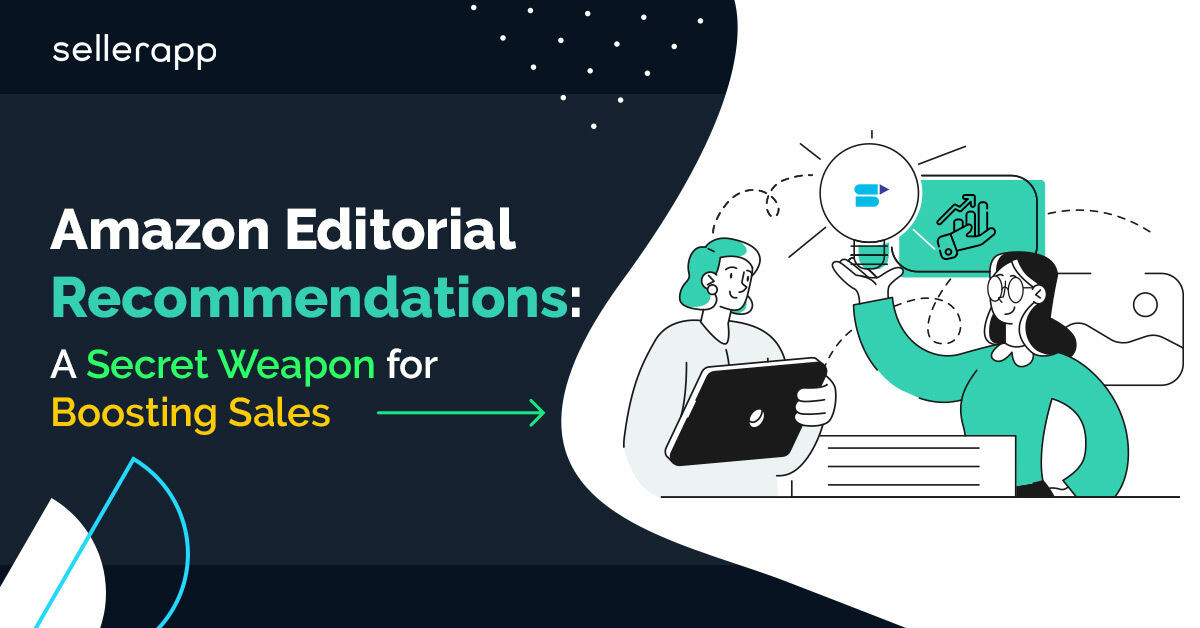

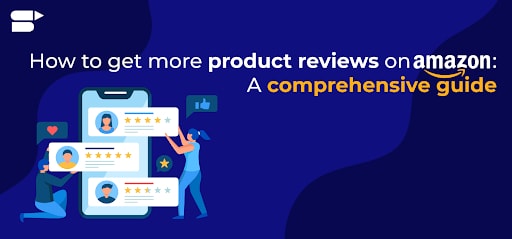

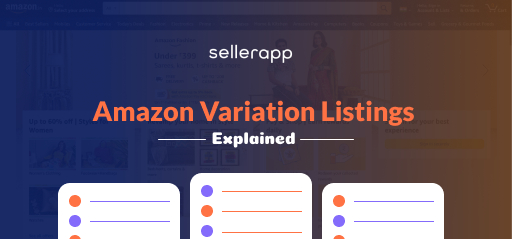


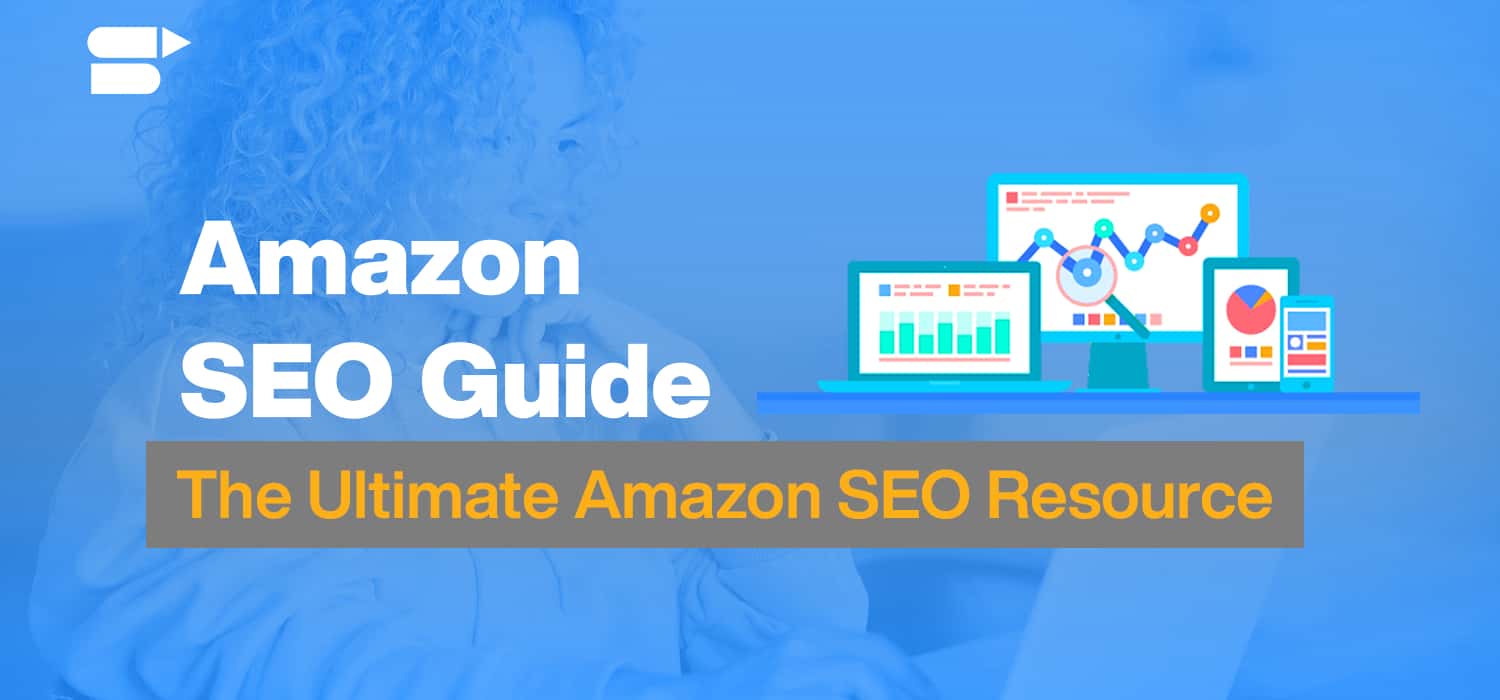
Shawnna Swymer
February 25, 2021Very helpful strategies.
Thank you.
Arishekar N
June 29, 2021Very Glad to know.